Tangpyeongchae, a Royal Court Dish Symbolizing Harmony
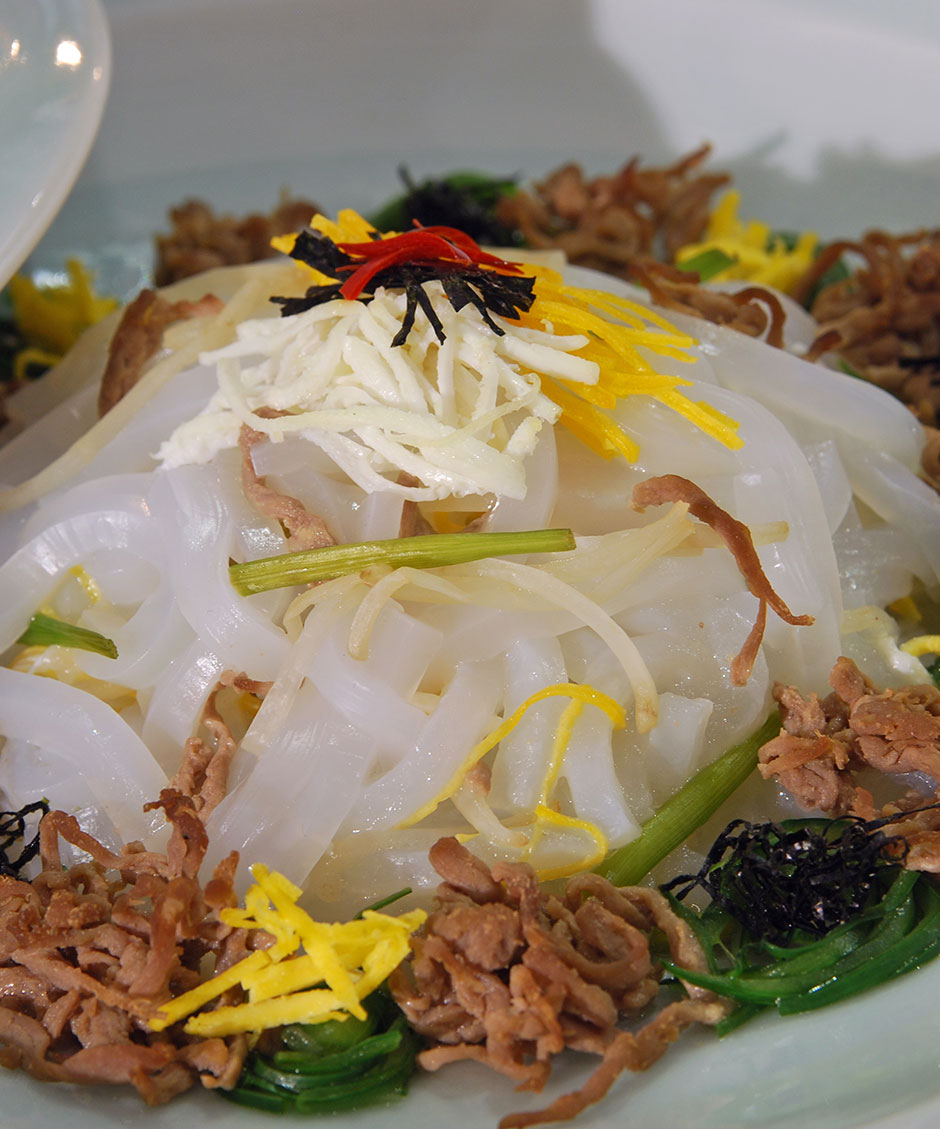
Tangpyeongchae (Mung Bean Jelly Salad), also known as cheongpomuk-muchim, is prepared by cutting cheongpomuk (mung bean jelly) into thin strips and mixing them with stir-fried meat, parboiled water parsley, laver, and so on. It is commonly seen in a traditional hanjeongsik (table d’hote) today.
The name is derived from ‘tangtangpyeongpyeong,’ which means to be impartial and fair, and there is an interesting story associated with the dish. With political factions arising during the reign of King Seonjo in the late 16th century, there emerged mainly four factions: Western faction (Seoin), Southern faction (Namin), Eastern faction (Dongin), and Northern faction (Bugin). The subtle white color of mung bean jelly, the red color of stir-fried meat, the green color of parboiled water parsley, and the black color of laver were the symbolic colors of the four factions. After the turbulent years marked by factional strife that began in the 16th century, King Yeongjo of the Joseon dynasty in the 18th century decide to implement a ‘tangpyeong policy’ so as to prevent a national divide caused by political struggle and to strengthen the royal authority.
At the same time, King Yeongjo set up the Tangpyeongbi Monument in front of Seonggyungwan, which was the most prestigious national educational institute at the time, and at the discussions of the tangpyeong policy, tangpyeongchae was served.
Tangpyeong means to be impartial and fair in a debate or argument, and it is believed that King Yeongjo served the vassals ‘tangpyeongchae’ made with ingredients of various colors as a symbol of his desire to appoint individuals from the different political factions equally and for them to work together harmoniously.
Meet the Great Baekje Along the Geumgang River.Learn About the Brilliant and Great History of Baekje Through
<A Journey into the Great Geumgang History>
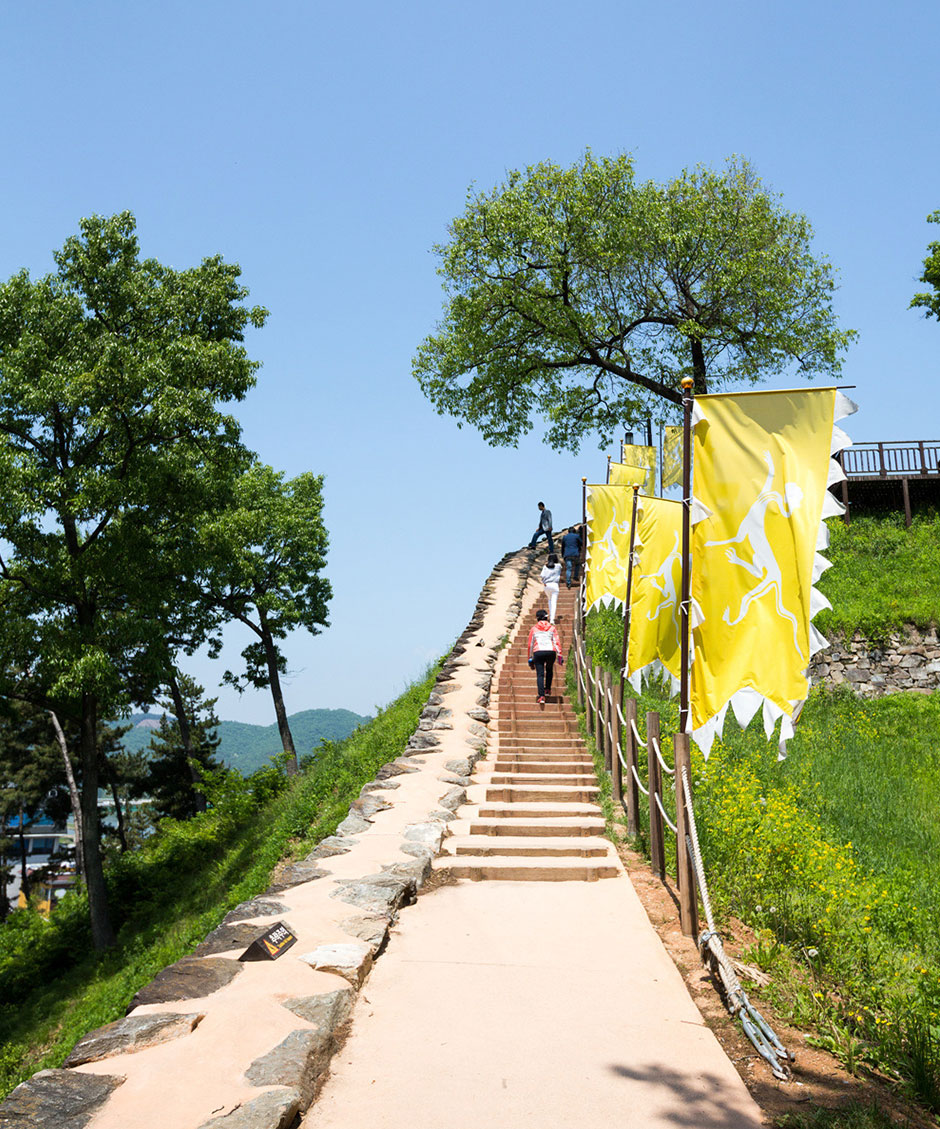
'A Journey into the Great Geumgang History' takes you on a journey through the prehistoric times, Baekje* period, Joseon dynasty, and modern Korea along the Geumgang River flowing across the heart of Korea. It is a perfect way to see and experience the brilliant culture and history of Baekje, whose cultural heritage fortunately still remains to this day to leave people awestruck. In this edition, we introduce to you the iconic travel destinations in four cities in the region that demonstrate the excellence of Baekje culture: Daejeon, Gongju, Buyeo, and Iksan.
*Baekje: One of the ancient kingdoms of Korea that existed for around 700 years from 18 BC to AD 660.
⊳ Gongsanseong Fortress : Inscribed in the UNESCO World Heritage List, Gongsanseong Fortress was built to safeguard the capital of Baekje. Walk along the fortress wall to take in the striking view of the surroundings, and do not miss out on the changing of the guard ceremony.
⊳ Gungnamji Pond : Gungnamji Pond is associated with the legendary love story of King Mu, the 30th king of Baekje. As the oldest manmade pond in Korea, it is the origin of Japanese gardens, according to historical records. It attracts photographs with the stunning Poryongjeong Pavilion surrounded by willows and lotus flowers. Every July when the lotus flowers are in full bloom, the Buyeo Seodong Lotus Festival is held.
⊳ Mireuksaji Temple Site : As one of the largest Buddhist temple sites in East Asia, the Mireuksaji Temple Site demonstrate the originality of Baekje culture. Built by King Mu of Baekje, it has been designated as UNESCO World Cultural Heritage Site.
Tip for Travelers
We recommend getting 'The Geumgang Baekje Area Tour Pass', which is a mobile admission ticket to all the Baekje historic sites that you must visit.





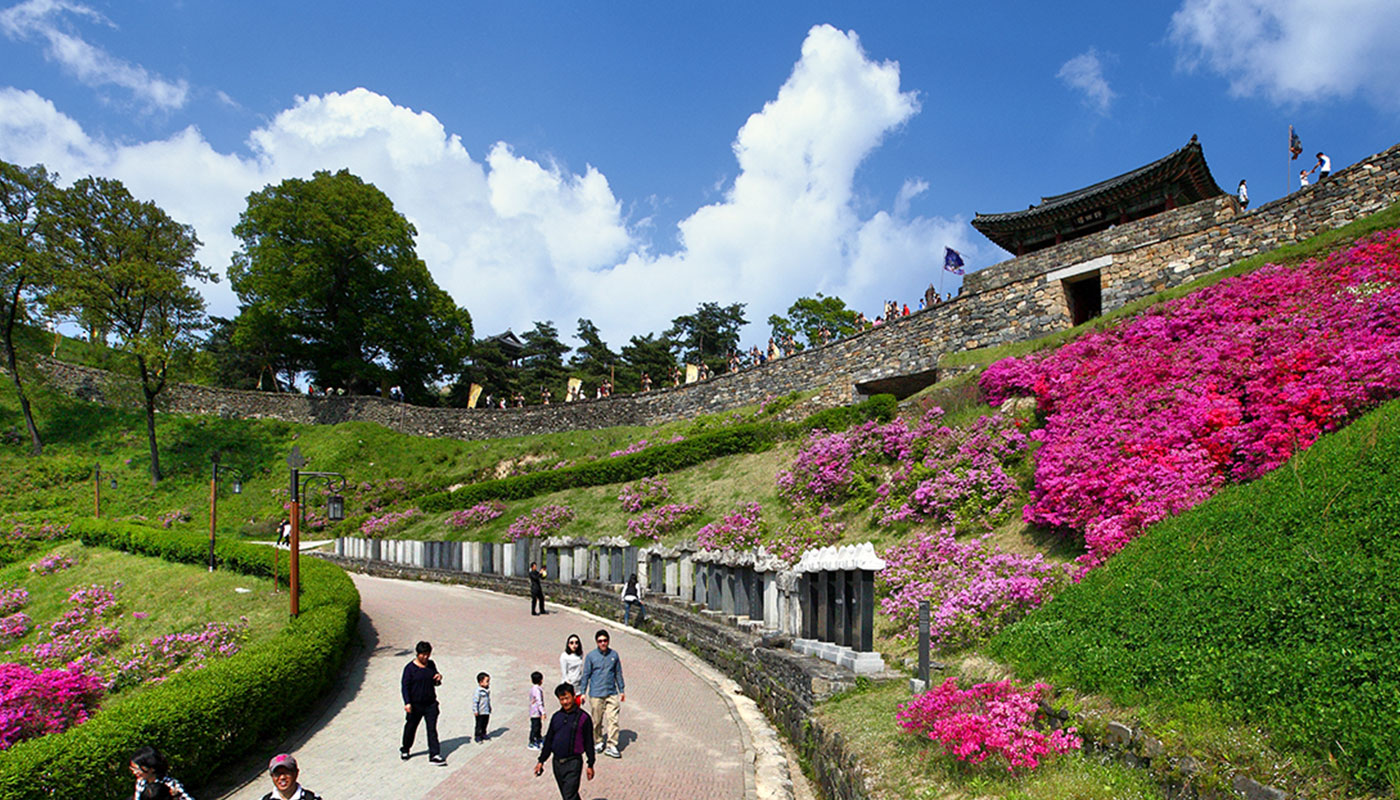
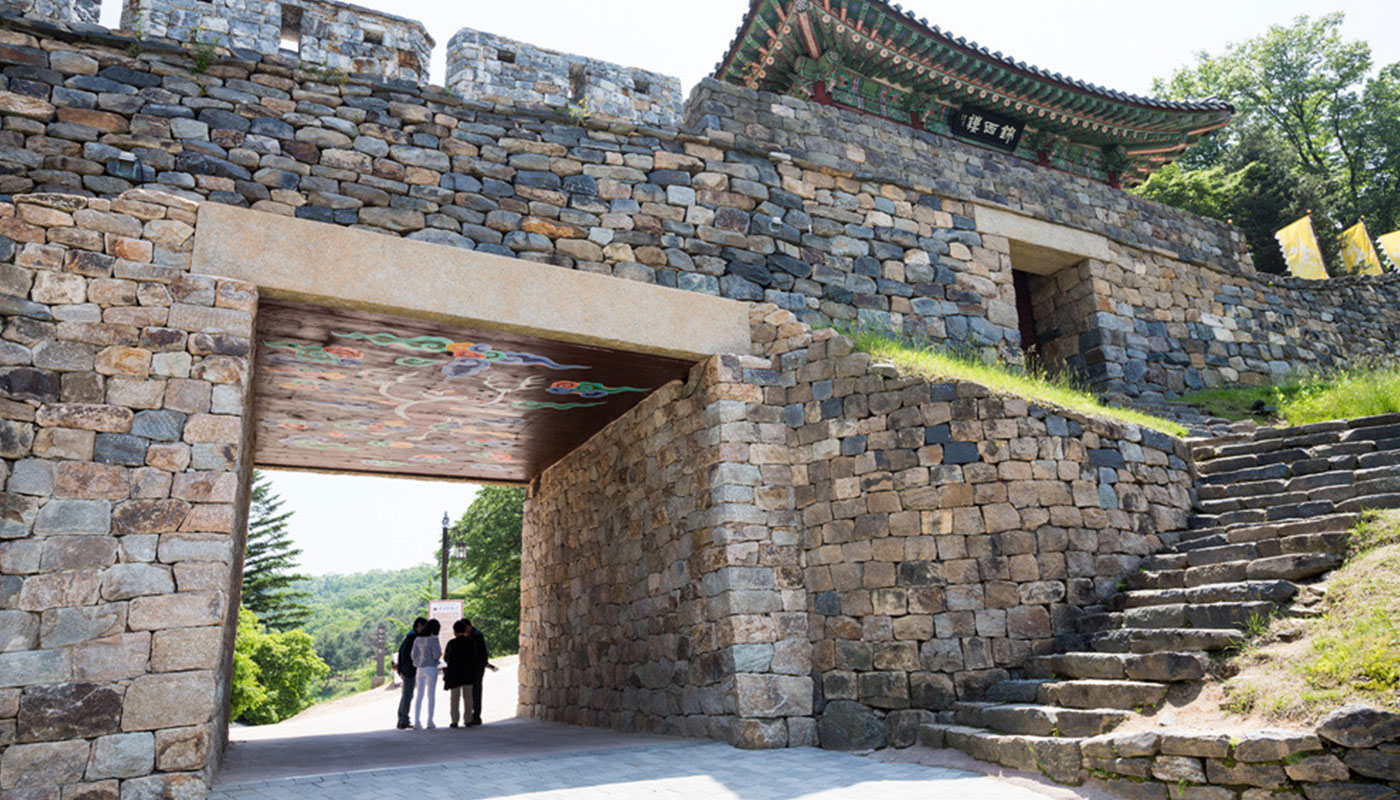
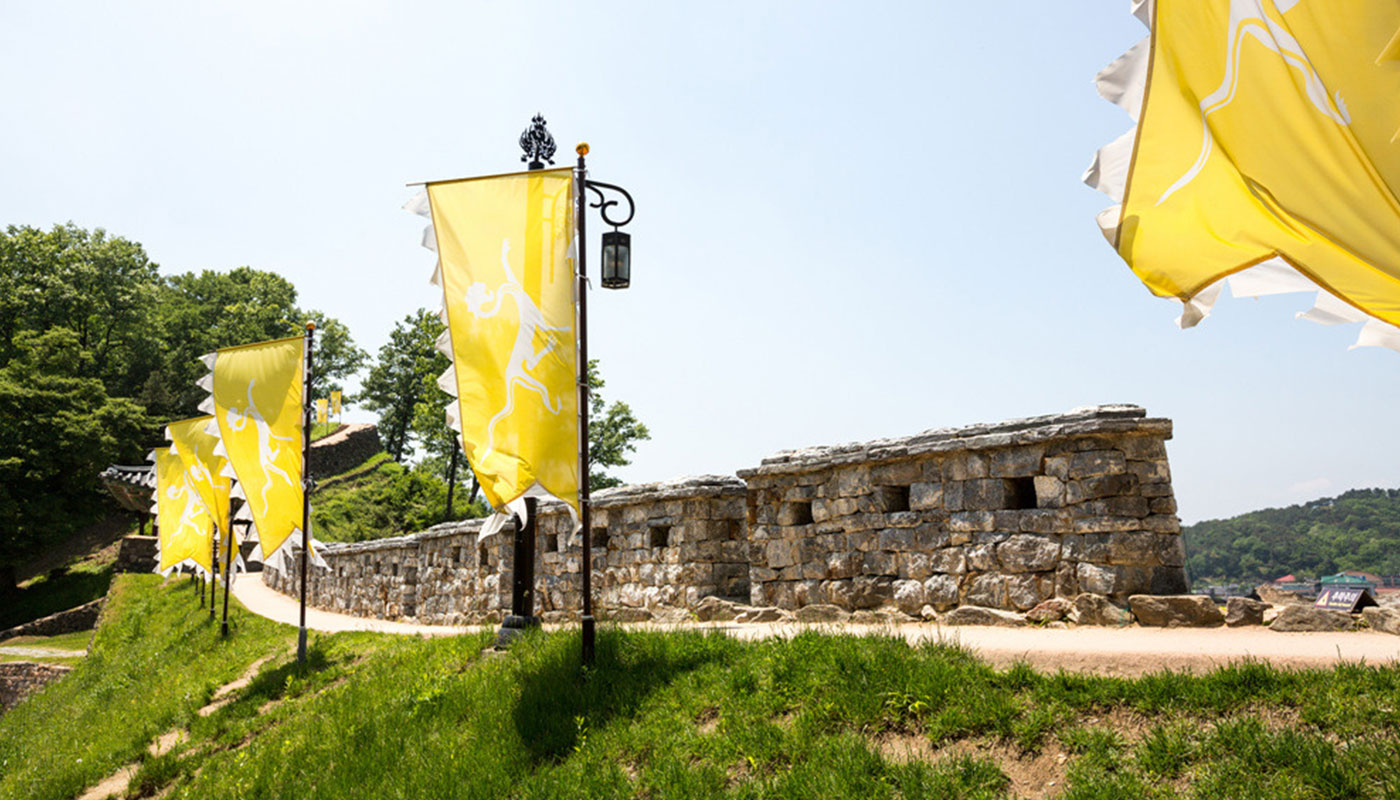
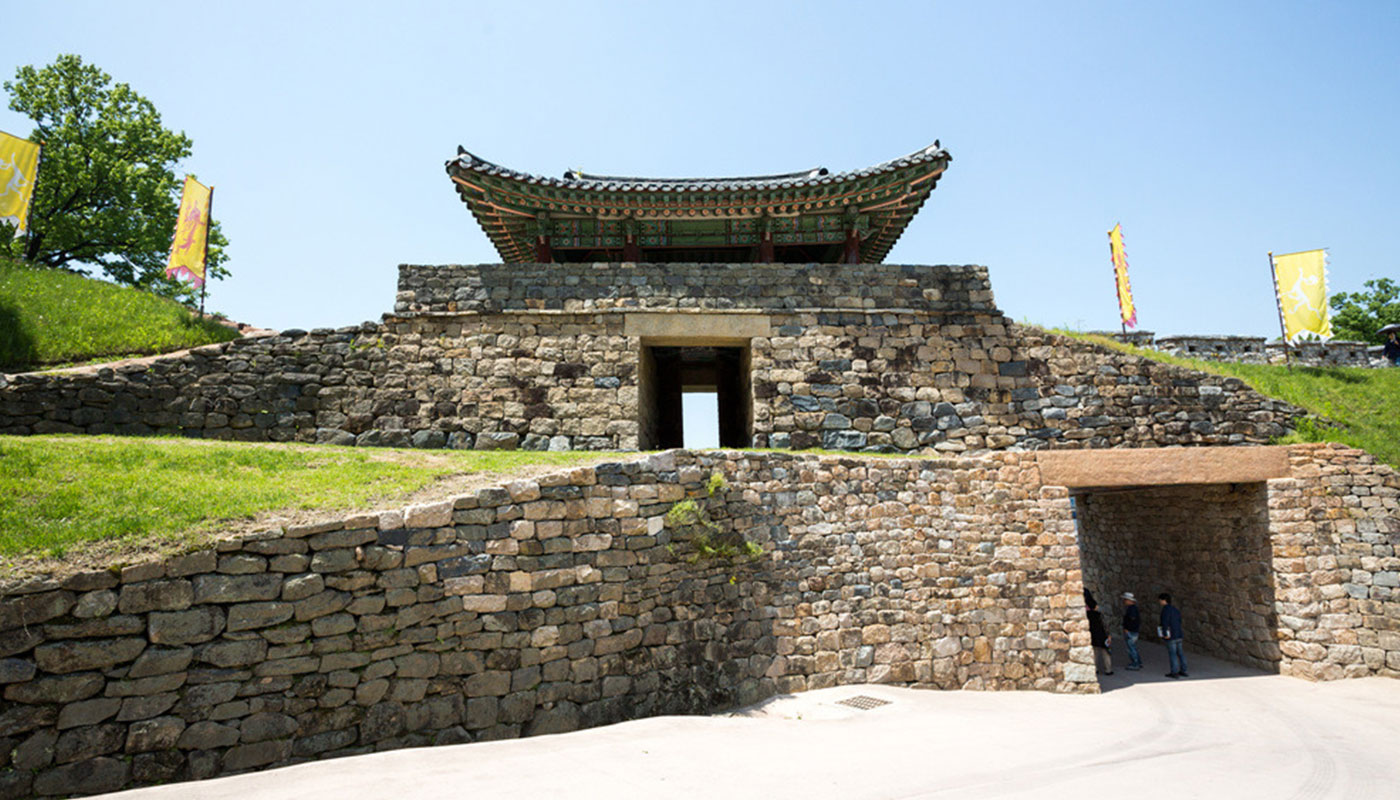
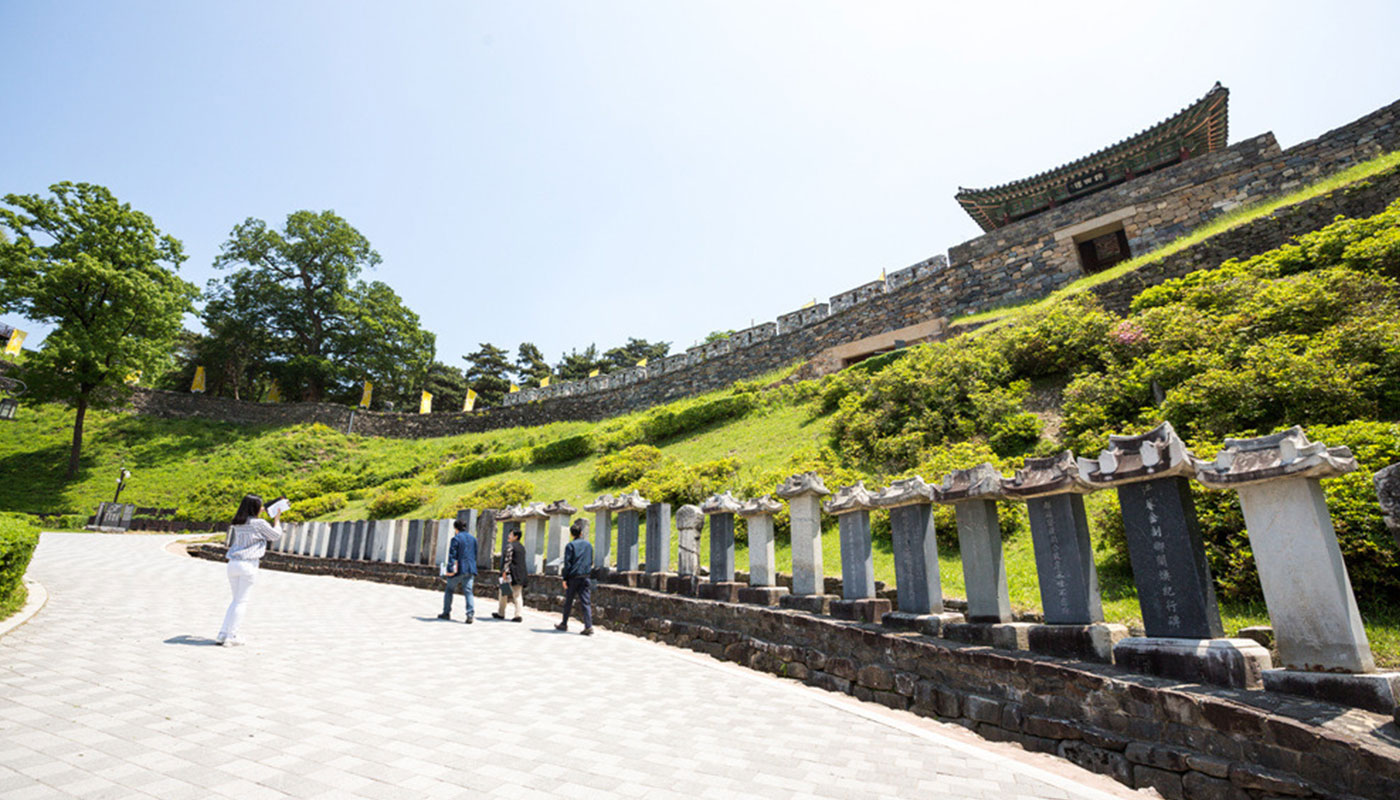
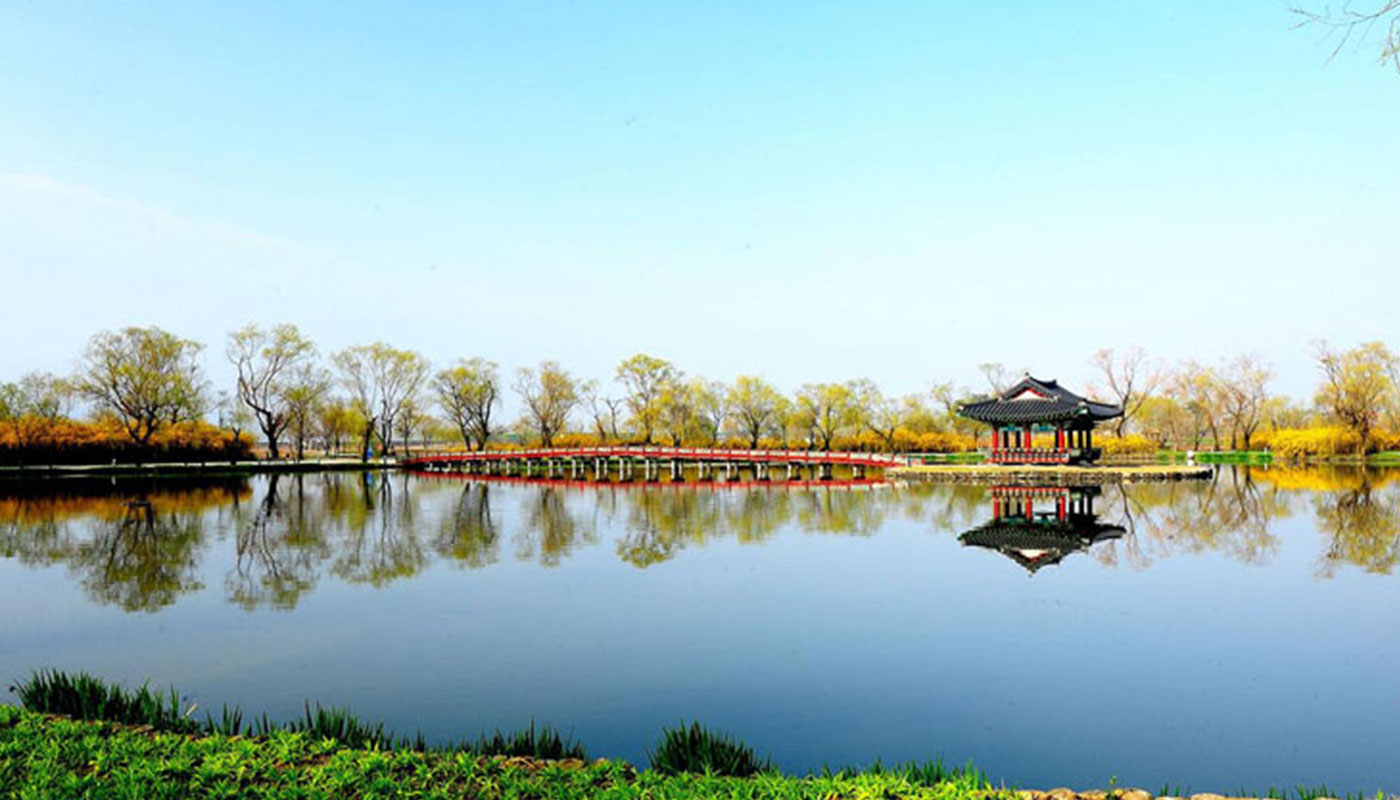
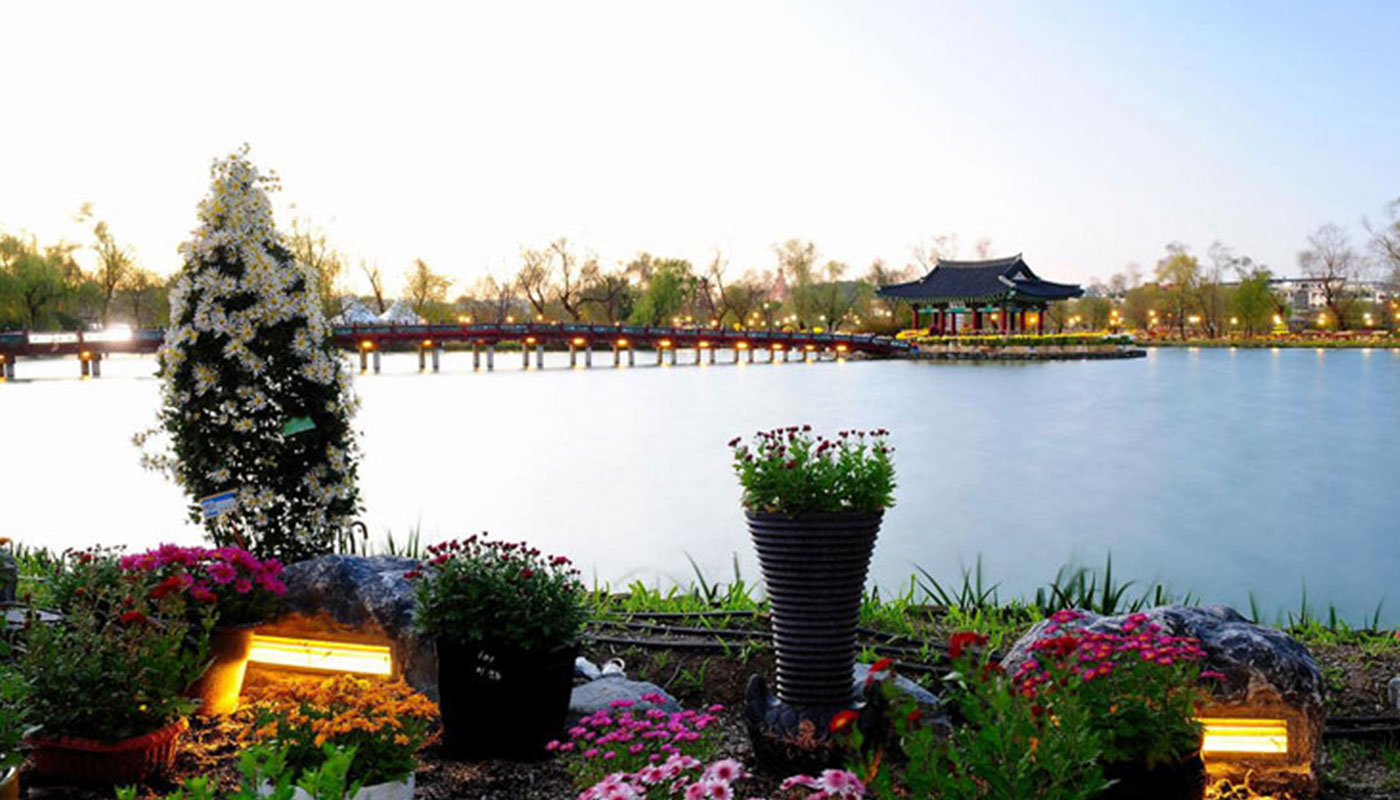
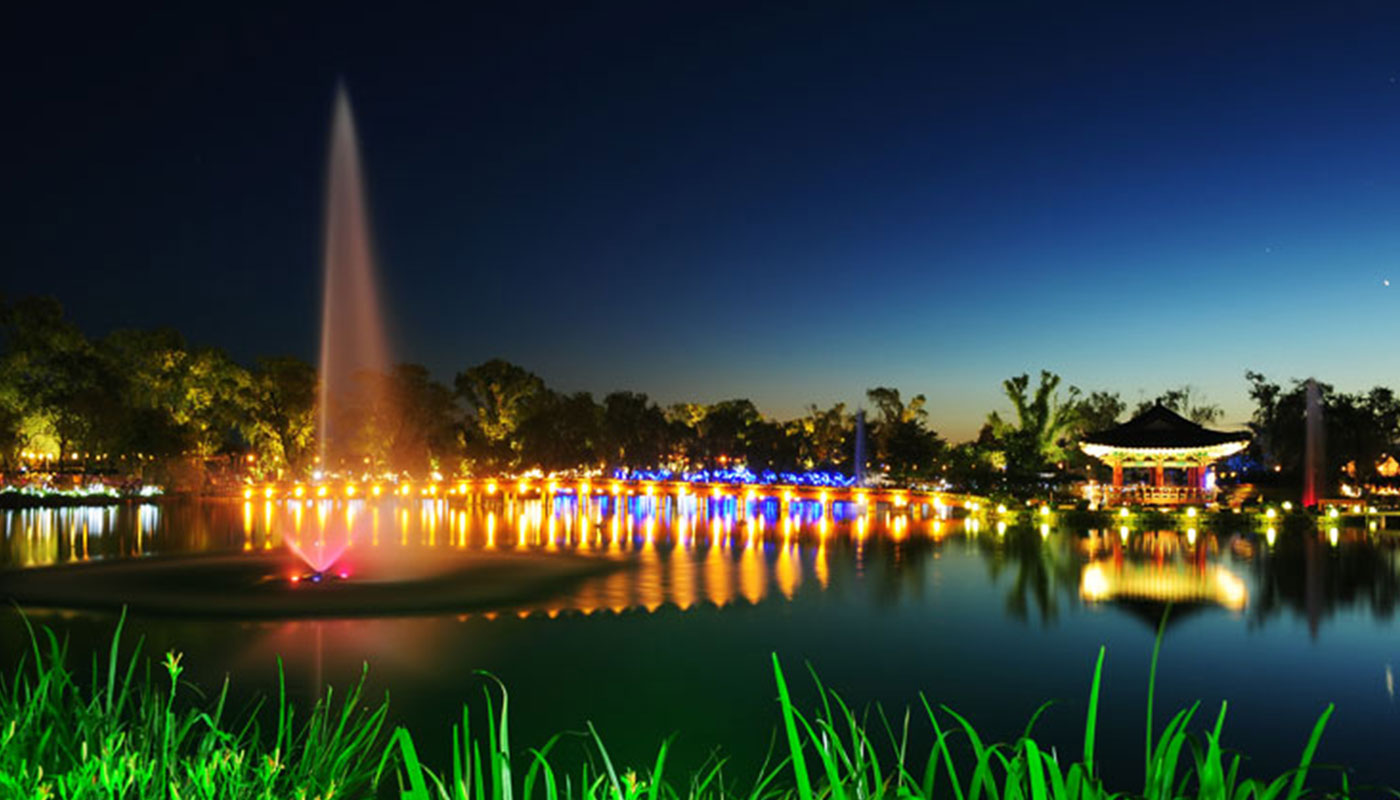
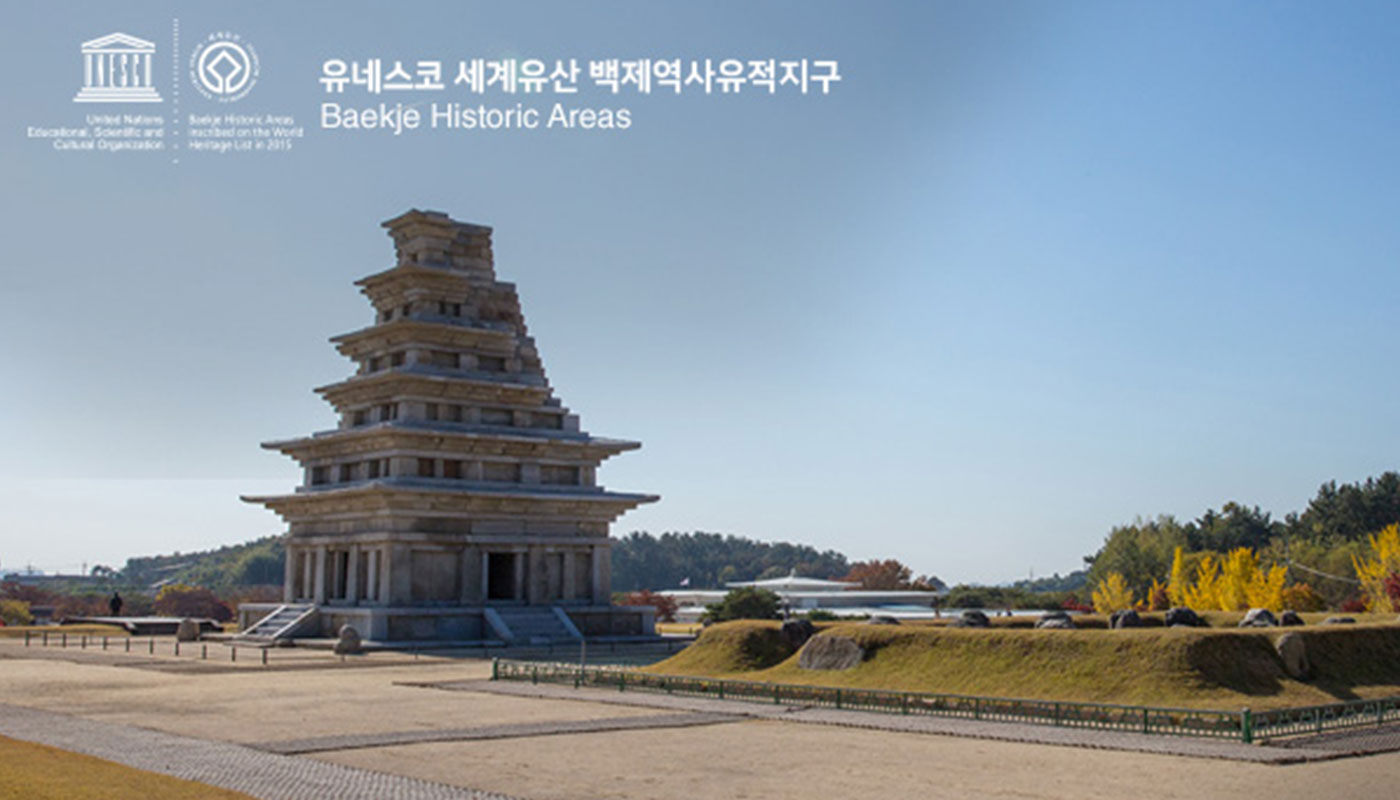
 Interview With
Interview With
 Medical Technology
Medical Technology
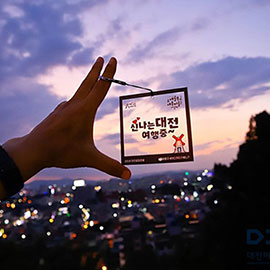 City & Culture
City & Culture
 Health & Wellness Tips
Health & Wellness Tips
 Hot Issue
Hot Issue

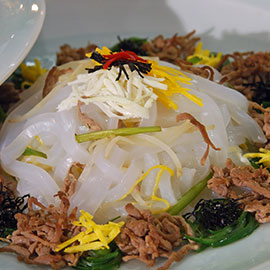 Food & Travel
Food & Travel